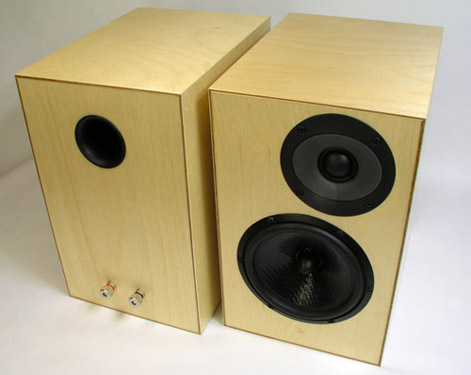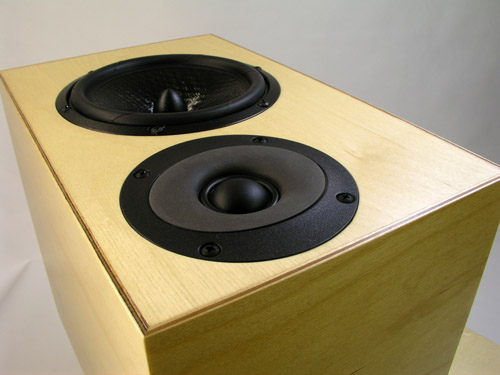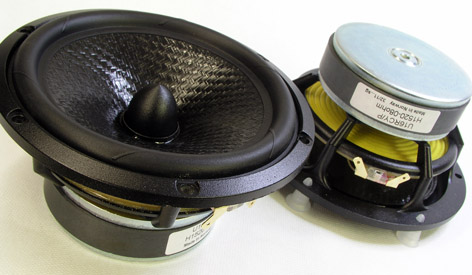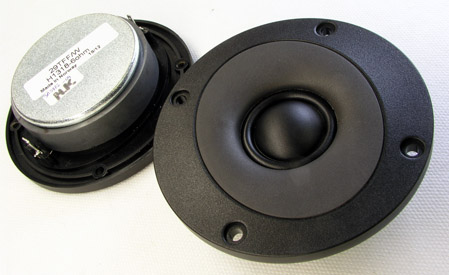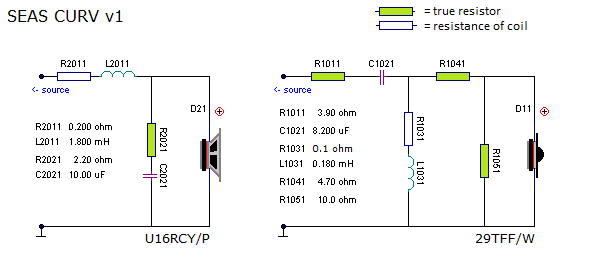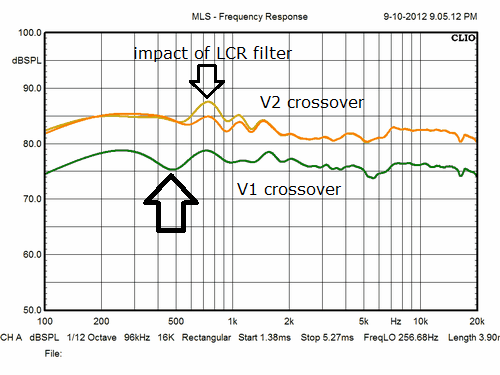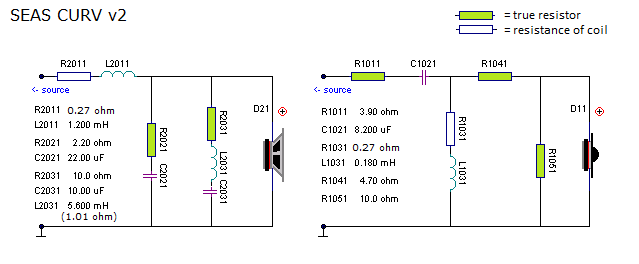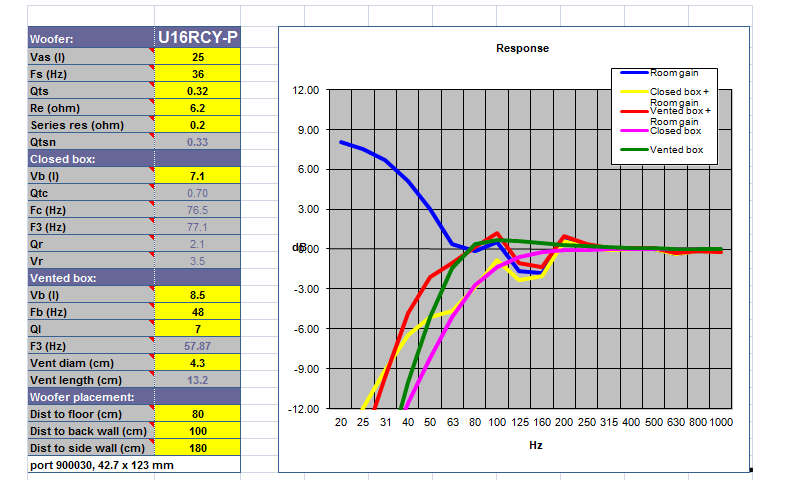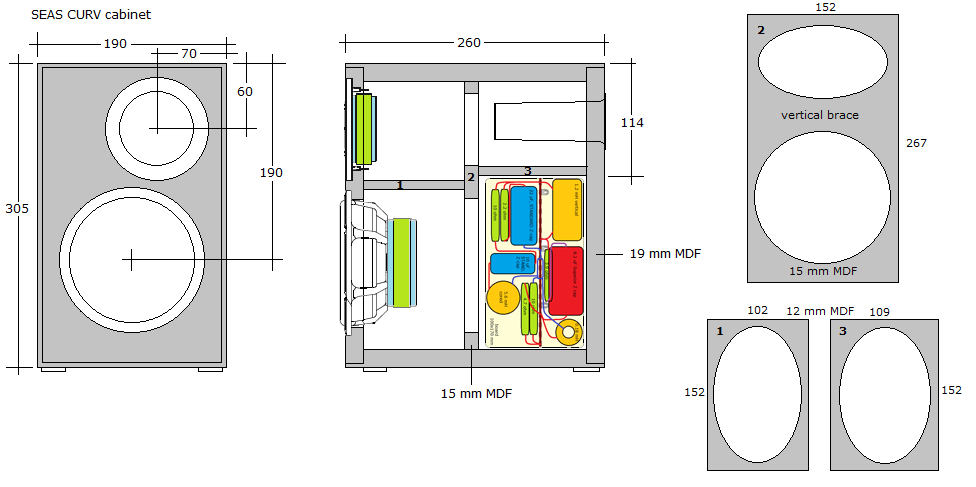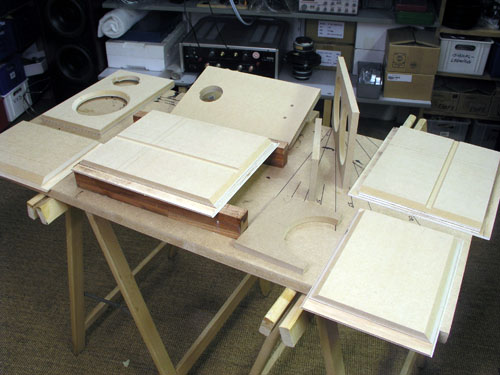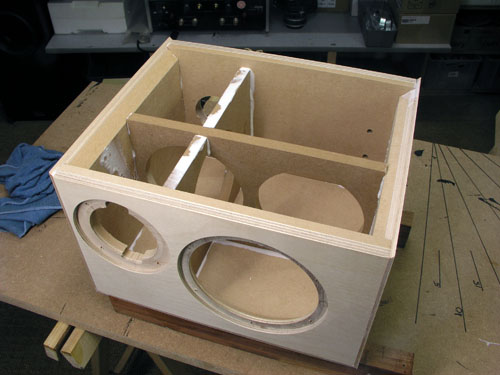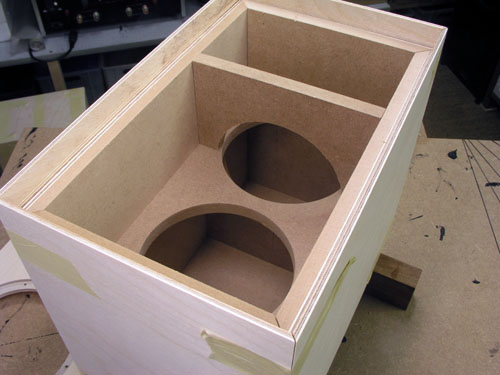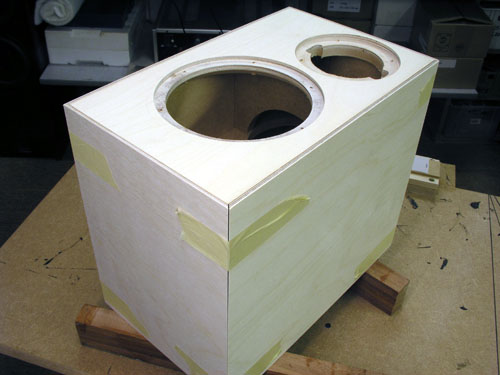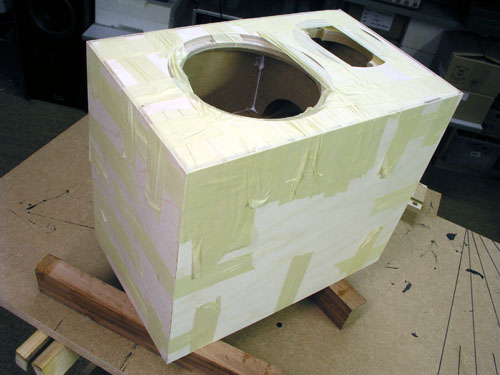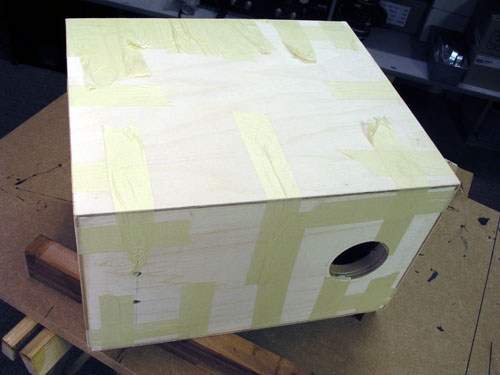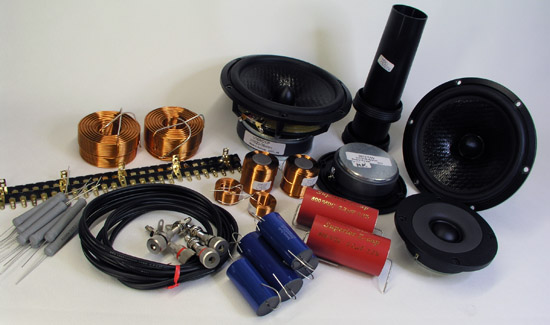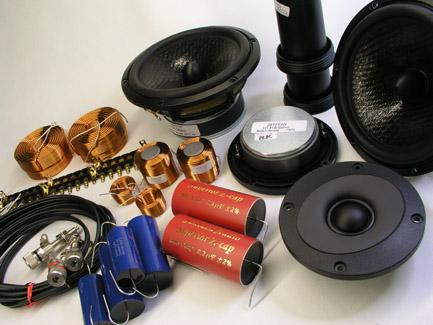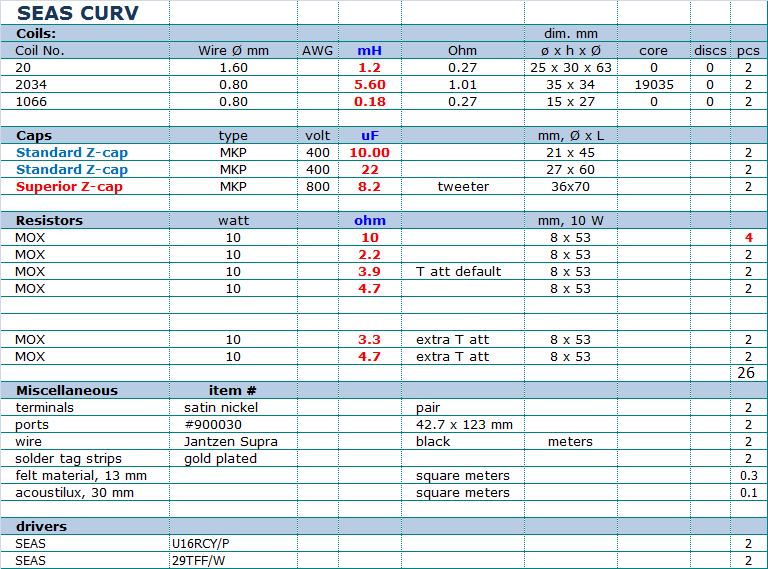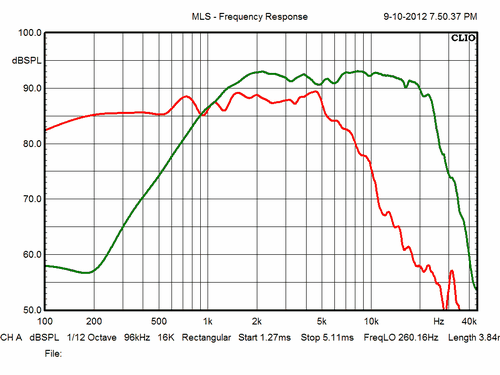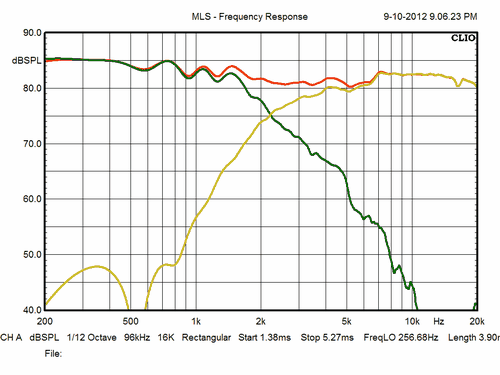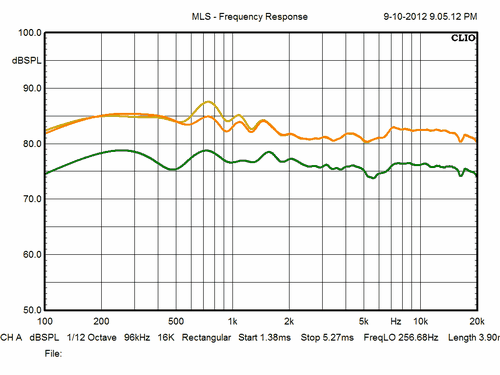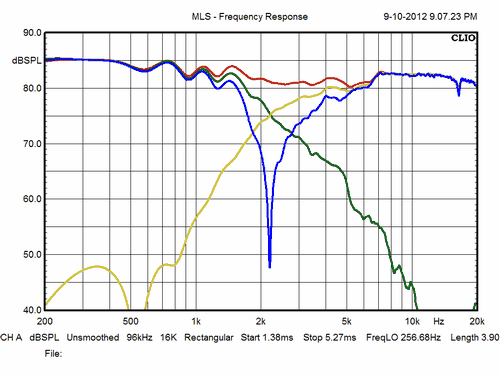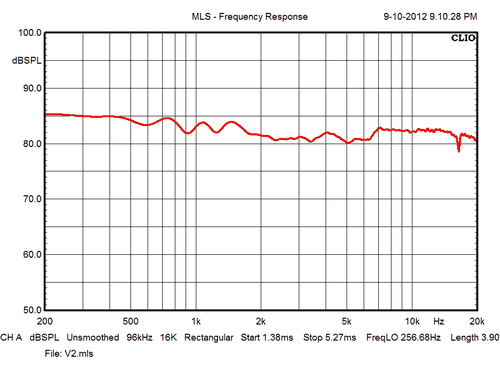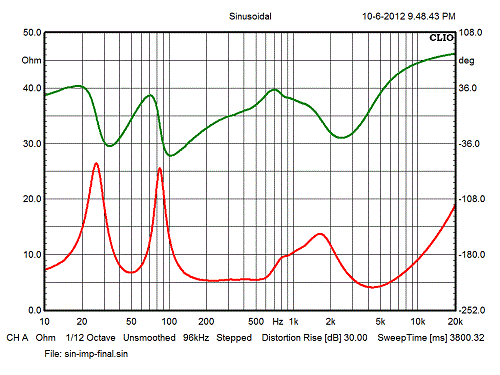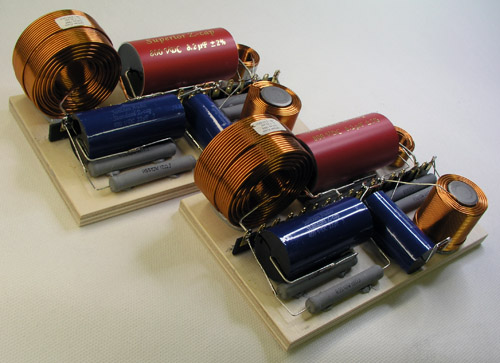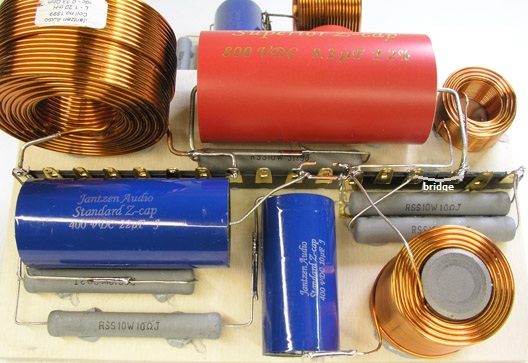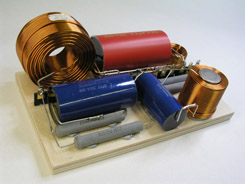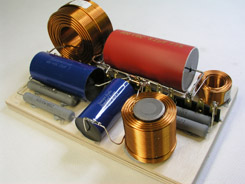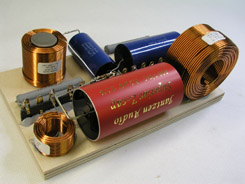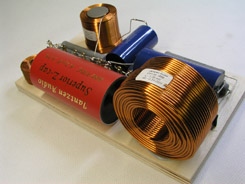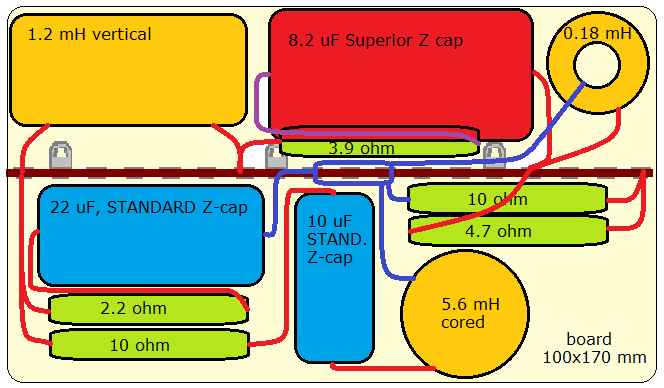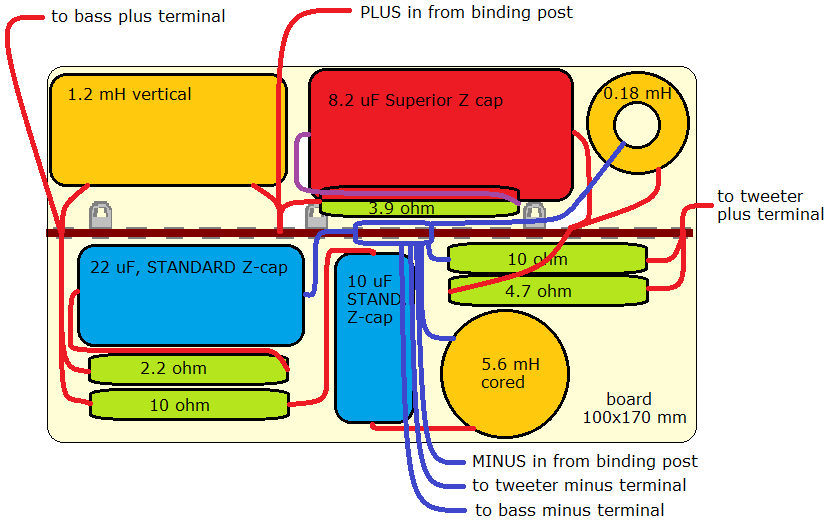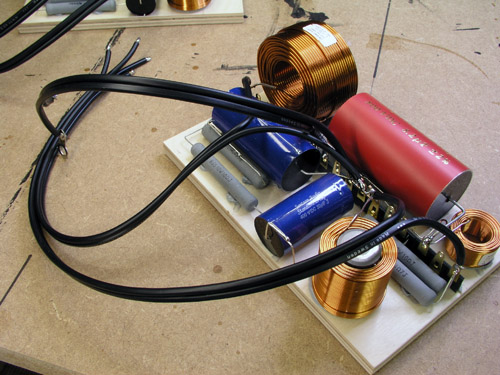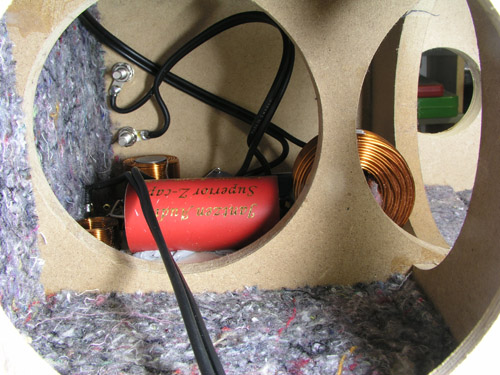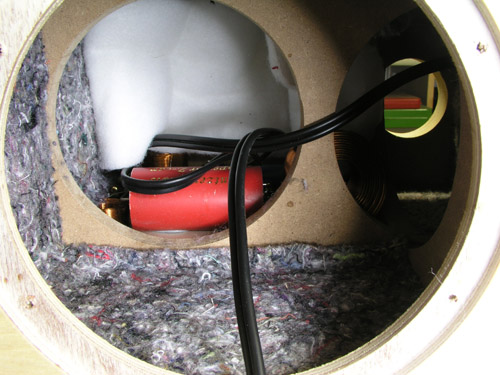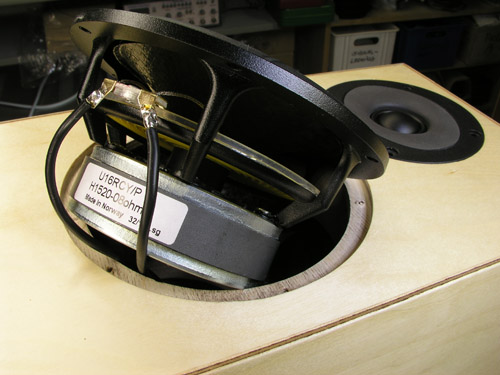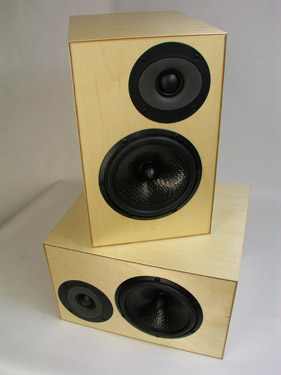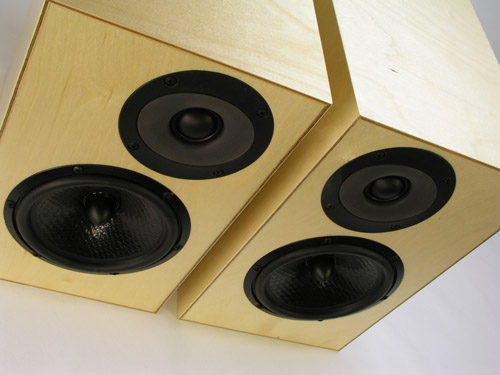|
DIY Loudspeakers: HOME INDEX UPDATES RESPONSE WHAT'S NEW
SEAS
CURV DRIVERS CROSSOVER CABINET SPEAKER KIT MEASUREMENTS CROSSOVER LAYOUT CROSSOVER WIRING
|
|
Spending more than a
year on Jenzen speakers, handling a small 8 liter speaker is quite a
relief. Only real challenge is placing the crossover in the small rear
compartment, but more on this later. Ever since the launch of the CURV
cone material, reviewed in Voice Coil, October 2006, I'd wanted to try
out a drivers made with this cone material. I always liked the sound
of the SEAS TPX cone drivers, unfortunately discontinued. I still have
four T17RE drivers on the shelf with this cone material. I can't help thinking of the old Vifa P13WH driver, which must have been produced in the tens of thousands, cherished by the DIY community and professionals. The P13WH was an easy driver allowing simple crossovers and should I point to a possible substitute, this SEAS driver is one of the candidates. Do not read this as a "replacement" candidate. Every new driver will require it's own fine-tuned crossover to render proper amplitude and phase. What this CURV driver can deliver compared to the old P13 is enhanced resolution, more micro-detail, a modern well-ventilated basket, higher mechanical Q and a light-weight foamed rubber surround - just to name a few features.
Useful links (Please read before writing!):
FAQ (Please read before writing!):
THE TOO OFTEN SEEN CROSSOVER SCHEMATICS
What is seen much too often is the crossover depicted above. Any driver mounted on a baffle will have an f3 = 11,600/width of baffle in cm, here 11,600/19 = 610 Hz, in short, we have a rising frequency response towards higher frequences and this is usually dealt with by adding a large series inductor for the midbass in order to tame too much energy around 1 kHz. Problem is that by doing so we tilt the response so much we have a dip right in the middle of the midrange around 500 Hz, see figure below (green hraph). Depending on the intrinsic response of the actual driver this may be more or less severe and a few times we can get away with the simple "v1" crossover. In this case we can't. With the Jenzen D as reference, it was immediately clear that there was something wrong with male vocals becoming thin and anemic. Thus, crossover v2 was produced with a smaller coil in series with the midbass and a very narrow working equalising circuit consisting of R2031, L2031 and C2031. Orange and beige colour below. Now things started working out right and the speaker had a smooth presence and singers no longer sounded as had they gone half a meter back from the microphone.
SEAS CURV FINAL CROSSOVER
Rather unexpectedly a simple 2nd order filter (4th order acoustically) could be realised with the drivers both connected with positive polarity. Not too often this happens but it tells we can never predict the outcome of a crossover design before you have the drivers on the actual baffle and have done the measurements. The 29TFF/W does indeed have an unusual flat response making crossover work easy. Point of crossover is 2.2 kHz. As we only have a single capacitor in the tweeter circuit, I've picked a Superior Z-cap here not adding significantly to the overall cost. If budget is low you may replace this by a STANDARD Z-cap. Also the 500 grams air-cored coil for the midbass can be replaced by a cheaper cored inductor. If money allows, I wouldn't hesitate to use Superior Z-caps in all places, these drivers will deliver further detail if we use the best.
Cabinet construction images
Add 10-13 mm felt to sides, top and bottom. Fold 170 x 200 mm 30 mm acoustilux and place behing bass driver in rear compartment.
Complete
Speaker Kit incl. drivers
For full quotation
incl. shipping, please contact Jantzen Audio at contact@jantzen-audio.com All kit and component prices may be subject to change and are always to be confirmed by Jantzen Audio Denmark.
Download kit sales presentations:
All technical question at: troels.gravesen@hotmail.com
Left: Speaker response
with R1011 = 4R7.
Getting the crossover
in place proved more difficult than first anticipated. Take these
steps:
|
